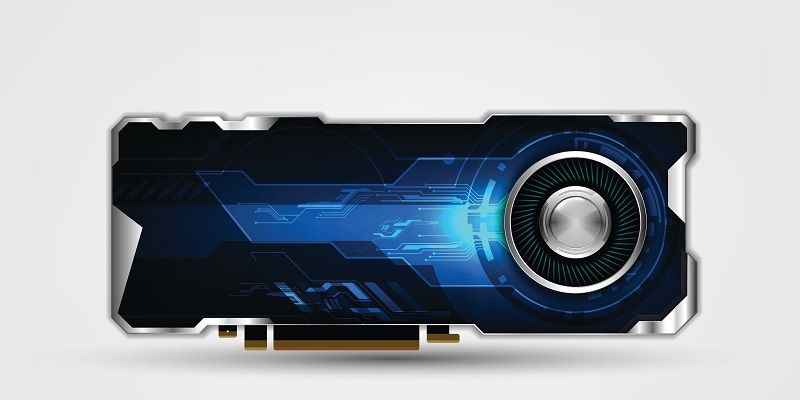Samsung Electronics has achieved a significant milestone in the realm of high-performance graphics processing units (GPUs) with the development of GDDR7 memory. This revolutionary memory technology promises a major leap in overall performance and power efficiency, elevating the user experience for applications such as workstations, PCs, game consoles, and even future domains like artificial intelligence (AI), high-performance computing (HPC), and automotive vehicles.
Development Timeline
After announcing the GDDR7 dynamic random-access memory (DRAM) technology about eight months ago, Samsung has successfully developed and refined this cutting-edge memory solution. This achievement demonstrates the company’s commitment to pushing the boundaries of GPU performance and efficiency.
Integration into Next-Gen Systems
Samsung plans to install GDDR7 memory in next-generation systems for verification purposes within this year. Collaborating with key customers, the technology will undergo rigorous testing to ensure seamless integration into the forthcoming GPU ecosystem. This verification process is crucial to validate the outstanding capabilities of GDDR7.
Performance and Efficiency Improvements
Compared to the fastest currently available GDDR6 DRAM operating at 24 Gbps, Samsung’s GDDR7 memory offers a substantial 40% boost in performance. This improvement in data transfer rates translates into enhanced graphics rendering, smoother gameplay, and improved overall system responsiveness. Additionally, GDDR7 brings a 20% power efficiency improvement, reducing energy consumption without compromising performance.
Transfer Speeds and Bandwidth
The initial offerings of GDDR7 memory will feature transfer speeds of up to 32 Gbps, marking a remarkable 33% increase over the previous GDDR6 standard. This enhanced transfer speed ensures lightning-fast data transmission and dramatically boosts memory bandwidth, delivering up to 1.5 TB/s of bandwidth for GPU-intensive tasks. The increased bandwidth will enable more complex and visually stunning graphics in games and other GPU-dependent applications.
Potential Applications
Samsung recognizes that GDDR7 memory’s exceptional performance is vital in various sectors beyond gaming. Beyond workstations, PCs, and game consoles, GDDR7 is expected to find utility in AI applications, high-performance computing, and even automotive vehicles. By providing outstanding graphics performance, GDDR7 opens up possibilities for breakthroughs in machine learning, data analysis, and autonomous driving systems.
Potential Customers and Configurations
AMD and NVIDIA, prominent players in the GPU market, both offer their GPUs in a 384-bit configuration. It is anticipated that AMD, a potential customer for Samsung’s GDDR7 DRAM, will embrace this technology. However, NVIDIA traditionally partners with Micron for their memory needs. The final decision may ultimately depend on factors such as performance, cost, and compatibility.
Power Efficiency Benefits
The GDDR7 memory not only delivers improved performance but also demonstrates a 20% increase in power efficiency compared to its predecessor. Considering the substantial power consumption associated with high-end GPUs, this leap in efficiency is crucial in reducing heat generation and electrical demands. It contributes to more environmentally-friendly systems and enhances the sustainability of technology.
Transition from GDDR6
While GDDR6 still has potential for optimization with variants like GDDR6X and GDDR6W, it is expected that the majority of GPU manufacturers will embrace the newer GDDR7 standard by late 2024 or 2025. As technology advances and performance demands intensify, GDDR7’s superior capabilities are likely to become the standard choice among high-performance GPU manufacturers.
Samsung’s development of GDDR7 memory represents a significant advancement in the field of high-performance GPU technology. With an impressive 40% performance boost, 20% power efficiency improvement, and exceptional transfer speeds of up to 32 Gbps, GDDR7 memory is set to revolutionize the gaming industry and extend its reach into diverse applications such as AI, HPC, and automotive vehicles. As GPU manufacturers shift towards GDDR7, users can anticipate enhanced graphics performance, smoother gameplay, and improved energy efficiency for a remarkable computing experience.

